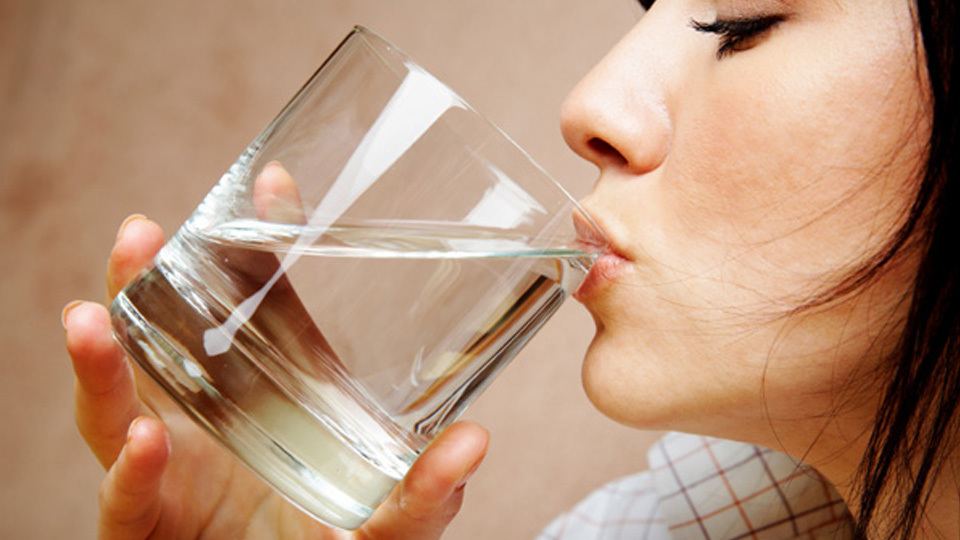Making sure that drinking water is safe to drink is a tricky proposition. Water that looks and tastes terrible can be perfectly safe to drink, while water that is perfectly clear and clean can have all manner of odorless, tasteless, colorless yet dangerous contaminants such as radon. How can a person tell if their water is safe to drink?
About Contaminants
It is nearly impossible to find water that has no contaminants at all. Indeed, pure water is probably not good to drink on a long term basis because it leaches minerals out of the body much as it leaches minerals out of the rocks it flows over. The trick is to find out what contaminants are in the water and whether or not they are at levels that are deleterious to health. If contaminants are at such high levels that the water isn’t healthy to drink, there are several things the homeowner can do. But first:
Obtain Water Quality Reports
A homeowner who has questions about their water should ask for a water quality report from their water company. Water companies are required to do this under EPA regulations. However, there are some contaminants that won’t be in the report because they are not regulated under the EPA including pesticides. In other cases, the contaminants may be coming from the homeowner’s own plumbing. This is especially true if they live in an old building that still uses lead pipes.
For a thorough water quality report, the homeowner should send a sample of their water to a qualified laboratory. This is also the option of people who have private wells. The state’s Department of Health has a list of these laboratories. Testing the water is not free, and the price can range from inexpensive to very expensive indeed if the homeowner wants a thorough account of all the contaminants in their water. To keep queries about water manageable, the homeowner can ask the lab what sort of contaminants they usually find in the local drinking water.
The water quality report from a municipal water company can be challenging to decipher. One reason is some contaminants are allowed to go beyond EPA standards while managing to be in compliance with the same standards. If the homeowner is truly flummoxed, they can call their water company for an explanation or find help online.
What are the Most Common Contaminants in Drinking Water?
Nitrates are found naturally in drinking water, but high levels are usually the result of pesticides that seep into the water. Bacteria, parasites, viruses and other pathogens can cause disease as can chemicals in pesticides. Radon is that odorless, colorless, tasteless gas that sometimes gets into well water and increases the risk of lung cancer. Lead is a notorious poison and can stunt the intellectual growth of children and cause hypertension and kidney problems.
Cleaning the Drinking Water
One way to clean drinking water is to shock a private well with chlorine. This is not the same chlorine that is used in laundry bleach. Much stronger than bleach, it is used to kill pathogens in the well. Other ways to make sure drinking water is healthy is to filter it as it comes into the house or before it leaves a fixture. Types of filters include charcoal based, ion exchange filters and reverse osmosis filters. These allow water to flow through membranes that trap contaminants.
Charlie Teschner started MESA Plumbing, Heating, and Cooling in 1982. Charlie has a journeyman and master plumber’s license. He was raised with a strong work ethic and he now applies those values to tasks such as Longmont, CO heating repair.
